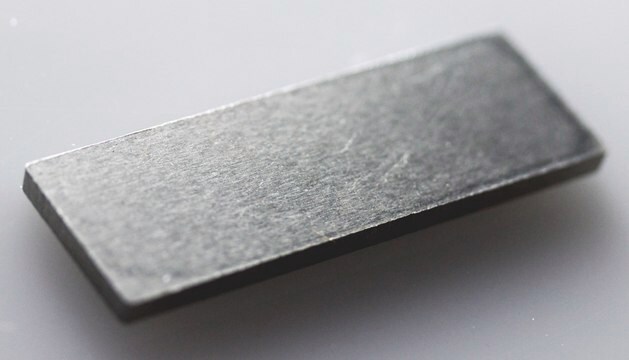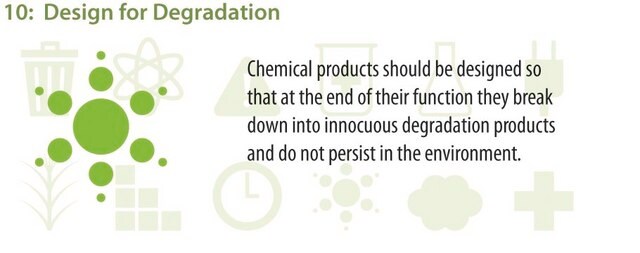767506
Titanium
sputtering target, diam. × thickness 2.00 in. × 0.25 in., 99.995% trace metals basis
About This Item
Produits recommandés
Niveau de qualité
Essai
99.995% trace metals basis
Forme
solid
Température d'inflammation spontanée
860 °F
Pertinence de la réaction
core: titanium
Résistivité
42.0 μΩ-cm, 20°C
Diam. × épaisseur
2.00 in. × 0.25 in.
pb
3287 °C (lit.)
Pf
1660 °C (lit.)
Densité
4.5 g/mL at 25 °C (lit.)
Chaîne SMILES
[Ti]
InChI
1S/Ti
Clé InChI
RTAQQCXQSZGOHL-UHFFFAOYSA-N
Catégories apparentées
Application
Code de la classe de stockage
11 - Combustible Solids
Classe de danger pour l'eau (WGK)
nwg
Point d'éclair (°F)
Not applicable
Point d'éclair (°C)
Not applicable
Faites votre choix parmi les versions les plus récentes :
Déjà en possession de ce produit ?
Retrouvez la documentation relative aux produits que vous avez récemment achetés dans la Bibliothèque de documents.
Articles
Nanocomposite Coatings with Tunable Properties Prepared by Atomic Layer Deposition
Spin-based electronic (spintronic) devices offer significant improvement to the limits of conventional charge-based memory and logic devices which suffer from high power usage, leakage current, performance saturation, and device complexity.
The properties of many devices are limited by the intrinsic properties of the materials that compose them.
Global Trade Item Number
| Référence | GTIN |
|---|---|
| 767506-1EA | 4061832924229 |
Notre équipe de scientifiques dispose d'une expérience dans tous les secteurs de la recherche, notamment en sciences de la vie, science des matériaux, synthèse chimique, chromatographie, analyse et dans de nombreux autres domaines..
Contacter notre Service technique



